Among the new diet trends, the keto diet and the paleo diet are some of the hottest these days. You may be wondering which is the most suitable variation for you to lose weight and get in good shape. This depends on several aspects, including your body type and metabolism, which certainly play an important role. So let's take a closer look at these trends.
The differences between a keto and paleo diet
Paleo and keto diets are somewhat similar and therefore cause considerable confusion among people. Because they are incredibly similar, there are a number of overlaps in the structures of the two diets, such as things allowed which include meat and vegetables and foods which are restricted such as grains, sugars and processed things. Yet, there are a number of subtle differences that help us draw a clear line between the two. First, both diets differ in their ultimate goal. The paleo diet is a resurgent return to the diet of our early ancestors, who consumed only fresh, healthy, wholesome foods free of modern preservatives and additives.
On the other hand, the keto diet exclusively aims to ensure a stable state of ketosis in the body by limiting the daily intake of carbohydrates to less than 50 grams. The keto diet is all about increasing your ketone levels so that you can naturally induce ketosis in the body. This ketosis can be defined as a natural metabolic state where the body is fueled primarily by fats and ketones rather than carbohydrates (glucose).
The benefits of the keto diet are many, such as helping to lower high blood pressure, losing weight, stabilizing blood sugar levels, helping to clear brain fog and increasing concentration, helping to relieve epilepsy symptoms and improving cholesterol levels.
The Paleo diet is all about eating high-quality, healthy foods that can overall boost your nutritional intake while reducing your intake of chemicals and toxins that are present in processed foods. This diet basically revolves around the eating patterns of our ancestors. In other words, it is simply the food that was consumed by our primitive ancestors over an extended period. For this reason, it is also called the "caveman diet".
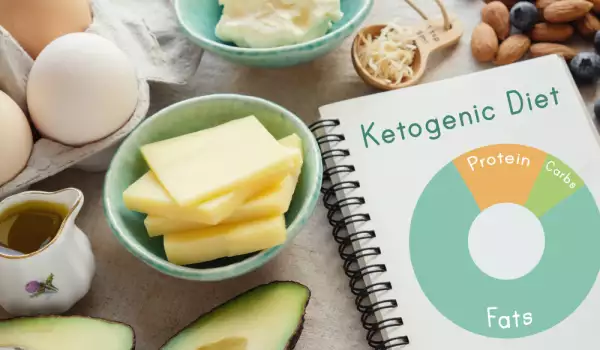
In contrast to most people's standard diet, both keto and paleo include fewer carbohydrates. Just between the two, keto is usually much lower in carbs. Also, the keto diet scores much higher for healthy fats. In fact, consuming healthy sources of fat is the foundation of ketosis, as opposed to relying on carbohydrates. Unlike other diets, the keto diet supports the metabolic process of oxidizing fat for energy rather than carbohydrates.
Essentially, both keto and paleo are grain-free diets. No consumption of wheat, barley, corn, quinoa or other grains. This can make a big difference in your eating habits and style. Although keto recipes contain some legumes, the paleo menu is entirely legume-free. No more consumption of beans, peanuts, peas, chickpeas, lentils and other legumes. However, this is where the keto diet differs slightly from the paleo diet. The keto diet eliminates most legumes due to their high carbohydrate concentration. However, keto allows consumption of nuts like peanuts, as well as oils that have been pressed from legumes.
You can still eat beans in a keto recipe as long as you plan out your eating days well. Just remember that you are allowed to eat carbs as long as you meet your daily macronutrient allowance.
In contrast, the paleo diet is simply a long-term, lifestyle-oriented diet that involves eating healthy, high-quality foods that the human body was originally designed to consume. You don't have to worry about counting your carbs or fear that a single wrong food will derail your ketosis.
All you have to do is stay focused on eating healthy paleo-compatible foods only 85 percent of the time and you're good to go. You will be amazed at the wonderful benefits of the paleo diet.
However, consult your certified nutritionist when choosing a diet.
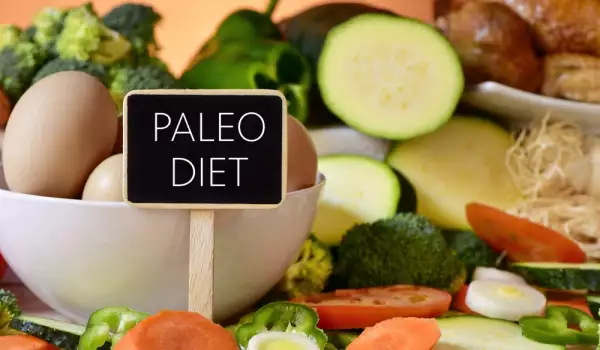


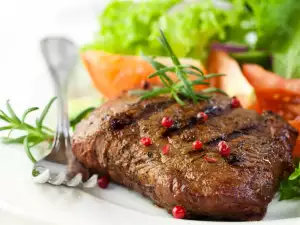
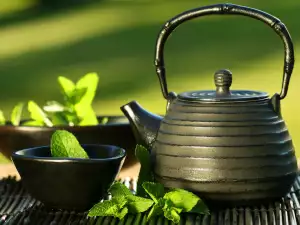

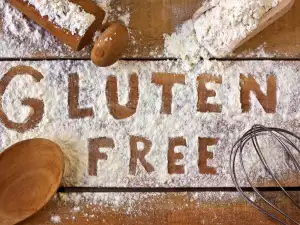
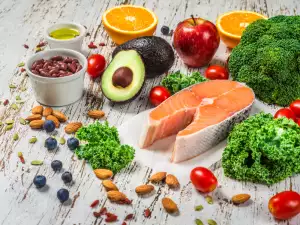
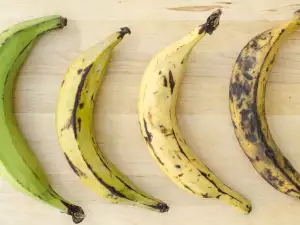
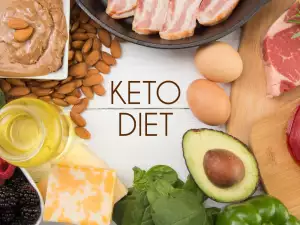
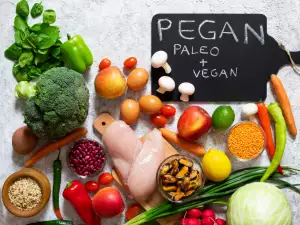









Comments